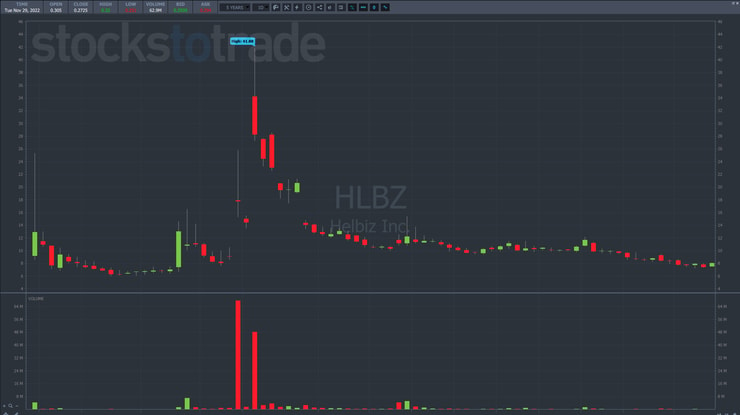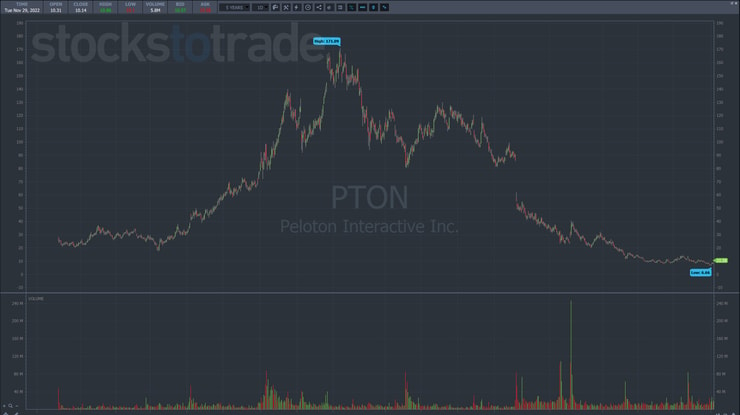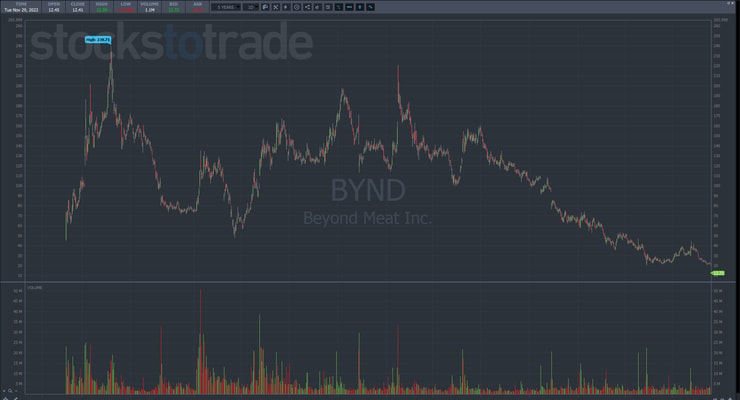Imagine being stuck in a 9-5 job that makes you miserable.
There is some job security, but you feel like a rat in a maze.
You’re afraid to wake up in 40 years, look back at your life, and wonder what could have been.
If only there were some way to change the situation.
Mark Croock found himself in this exact spot more than a decade ago.
A darn good accountant, Mark had a steady paycheck and decent benefits…
Yet, he wanted more from life.
In 2009, he found me on YouTube and quickly realized trading was his way out.
By 2010, he quit his job, joined my Millionaire Challenge, and began trading full-time.
Mark started as a penny stock trader and morphed into an options trader, something few folks do.
It wasn’t an easy path, but it was his OWN path.
Today, he’s closing in on $4 million in lifetime profits and runs his own successful service – The Evolved Trader, making him one of my greatest success stories.

Speaking to attendees at our trading conference, Mark explained the moment he discovered the universality of my Supernova pattern.
It immediately became clear that he could locate the same types of trades that I teach through my 7-Step Penny Stock Framework.
To maximize his potential, Mark turned to options trading.
He keeps it simple, buying calls and puts.
Now, penny stock trading may not be for everyone.
But I want to show you how Mark applies the same penny stock framework I teach to large-cap names.
Pretty soon, you’ll start to see huge opportunities, just as he did.
Supernovas = Bubbles

Penny stocks rise and fall in regular, predictable patterns.
You see, typically, a stock trades below $10 because it’s a garbage company with weak prospects.
Most are unprofitable and likely to go bankrupt or delist at some point.
Hence, we get sharp declines that follow any meaningful runs.
Take Helbiz Inc. (NASDAQ: HLBZ) for example.
Back in 2021, the stock rose from $6 to over $40 in a matter of weeks, only to crash back down to earth.
Today, it trades below $1.
This same phenomenon happens with momentum stocks that look flashy and get a lot of press but don’t have solid businesses underneath.
Peloton is a perfect example.
The stock rose from $20 to $170 before crashing back down to $10.
Or how about Beyond Meat Inc. (NASDAQ: BYND), a company that was supposed to transform the way we eat?
This stock went through several Supernova like events before fading into oblivion.
Bubbles happen all the time in the major markets.
The problem is trying to figure out when they’ll inflate and when they’ll pop.
To answer that, Mark turns to a simple theme that’s worked for nearly a decade.
Don’t Fight the Fed

Central banks can juice stocks by adding liquidity and send them crashing when they remove liquidity.
In layman’s terms, low rates = bubbles form, high rates = bubbles pop.
Mark showed this in one simple graph in his presentation.
Every time the Federal Reserve tried to raise interest rates, stocks took a face plant.
We saw one of the loosest monetary policies hit during the pandemic, helping send stocks to the stratosphere.
With equities so far beyond normal, putting not just the brakes, but the truck in reverse has put immense pressure on equities.
That’s why everyone is so keen to watch the data points and hear what every Fed speaker has to say.
When the Fed raises rates, it pays to bet with the bears, which Mark does through put options.
When the Fed lowers rates, it pays to bet with the bears, which Mark does through call options.
In between, there are plenty of mini bubbles that occur.
But for the most part, once a stock the market has begun to sing its swan song, bubble stocks get obliterated.
You need look no further than Carvana (NYSE: CVNA), a favorite play that hit a high of $376.83 in September of last year.
More Breaking News
- Texas Instruments Stock Surge: Is a Market Recovery in Sight?
- Northern Trust’s Strategic Moves and Market Implications: Analyzing Recent Financial Trends
- Intel Faces Headwinds Amid Upcoming Earnings and Regulatory Scrutiny
Today, it trades below $10.
Penny Stocks vs. Large Caps

There are some key differences between penny stocks and large caps to keep in mind.
First, even the highest volatility large caps are nothing compared to penny stocks.
That’s why Mark relies on options to give him leverage and greater returns.
Second, the patterns take longer to play out in large caps than in penny stocks.
You won’t find a company like BYND up 50% in one day.
That takes weeks if not months to happen.
So when they crash, it’s also a bit slower of a process.
Now, this is just a taste of what’s out there.
But if you love the idea of trading options, then I strongly recommend you check out Mark’s Evolved Trader.
You can’t go wrong.
—Tim






Leave a reply